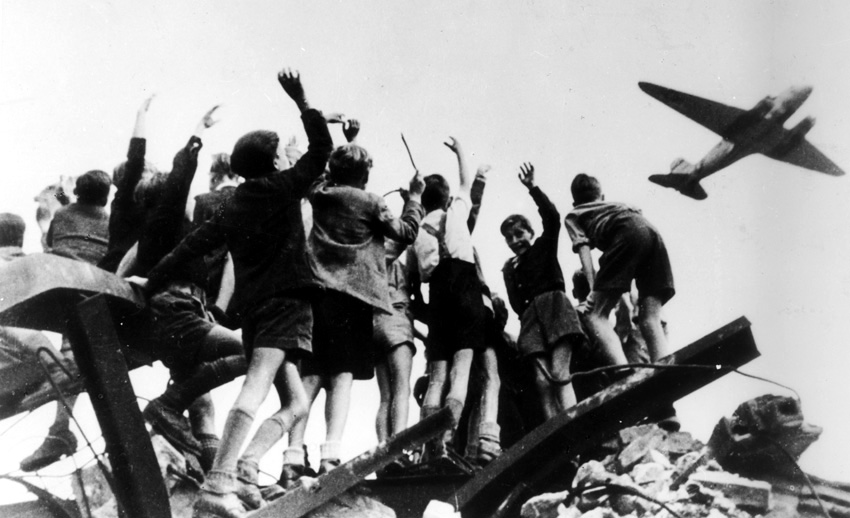Abstract
At the end of the war, Germany was divided into four occupation
zones. The city of Berlin, located squarely within the Soviet occupation
zone, was itself divided into four separate zones. Three were controlled
by the Western powers (the United States, Great Britain, and France);
the fourth was controlled by the Soviets and served as the capital of
the zone. On June 24, 1948, in response to the introduction of the DM in
the western sectors of Berlin, the Soviet Union initiated a blockade of
Berlin, cutting off all access to the city’s western sectors (via roads,
railroads and waterways). Two days later, the Berlin Airlift was
launched under orders from General Lucius D. Clay. From June 26, 1948 –
May 12, 1949, when the Soviet blockade was lifted, the airlift delivered
food and other necessities to over two million people in West Berlin.
(Flights continued through September 1949 in order to stockpile supplies
in case of another blockade.) The operation required the transport of
5,000 tons of goods a day, with British and American planes taking off
and landing every three minutes. The airplanes were particularly beloved
by children, since some rained chocolates and other sweets on the
youngsters below as they approached for landing.
